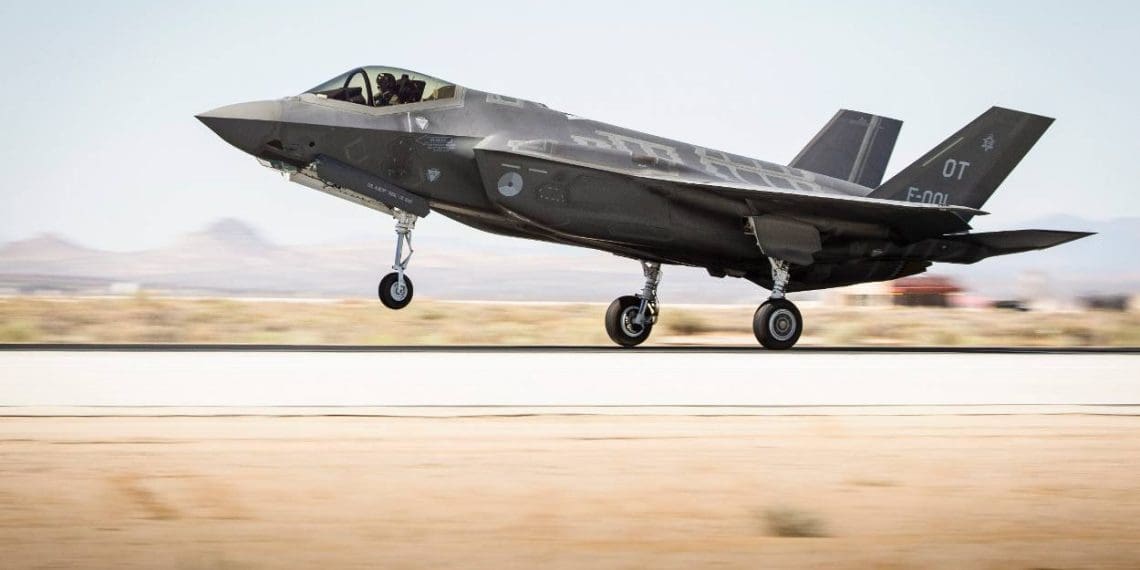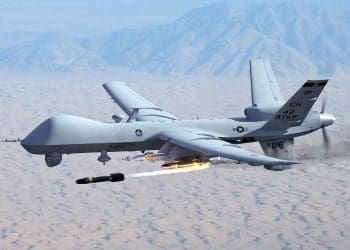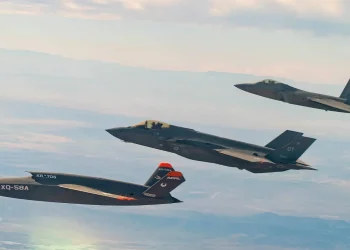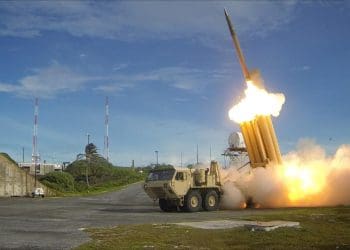The Royal Netherlands Air Force has officially declared its fleet of F-35 fighter jets fully operational, marking a transformative milestone in the modernization of the Dutch military. With Full Operational Capability (FOC) status now achieved, the F-35s are ready to execute their full range of missions under any circumstances, without requiring extensive planning or additional support from other systems.
F-35: A Game-Changer for Dutch Defense
This FOC designation means that the F-35 can now be deployed for a diverse array of tasks, including routine airspace defense within NATO’s integrated air defense system, counterterrorism missions, and participation in NATO’s Nuclear Sharing program. The advanced capabilities of the F-35 make it a versatile and formidable asset, replacing the outdated F-16 fleet, which officially retired after its final flight on September 24, 2024.
The F-35’s cutting-edge technology allows the Royal Netherlands Air Force to respond to threats more rapidly and effectively, delivering long-range strikes without the need for prolonged preparation or external support. This modernization significantly bolsters the Netherlands’ contribution to NATO’s collective defense and enhances its role in the alliance’s nuclear deterrence strategy.
From First Arrival to Full Operational Status
The journey to FOC began when the first F-35s touched down at Leeuwarden Air Base on October 31, 2019. Since then, the Netherlands has received 40 out of its initial order of 52 aircraft. In a recent strategic move, the Dutch government announced plans on September 5 to acquire an additional six F-35s, raising the total to 58 jets.
This expansion reflects the Netherlands’ commitment to maintaining a cutting-edge air force capable of meeting the challenges of modern warfare. As the F-35s take over from the venerable F-16s, the Royal Netherlands Air Force is now better equipped than ever to defend national and allied interests, ensuring a robust and agile military presence in Europe and beyond.










